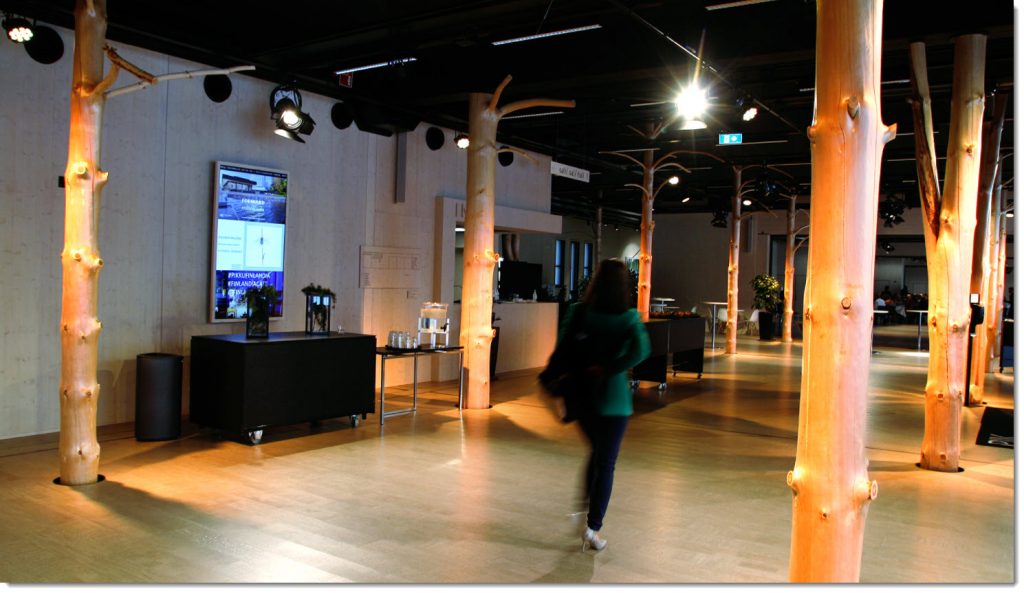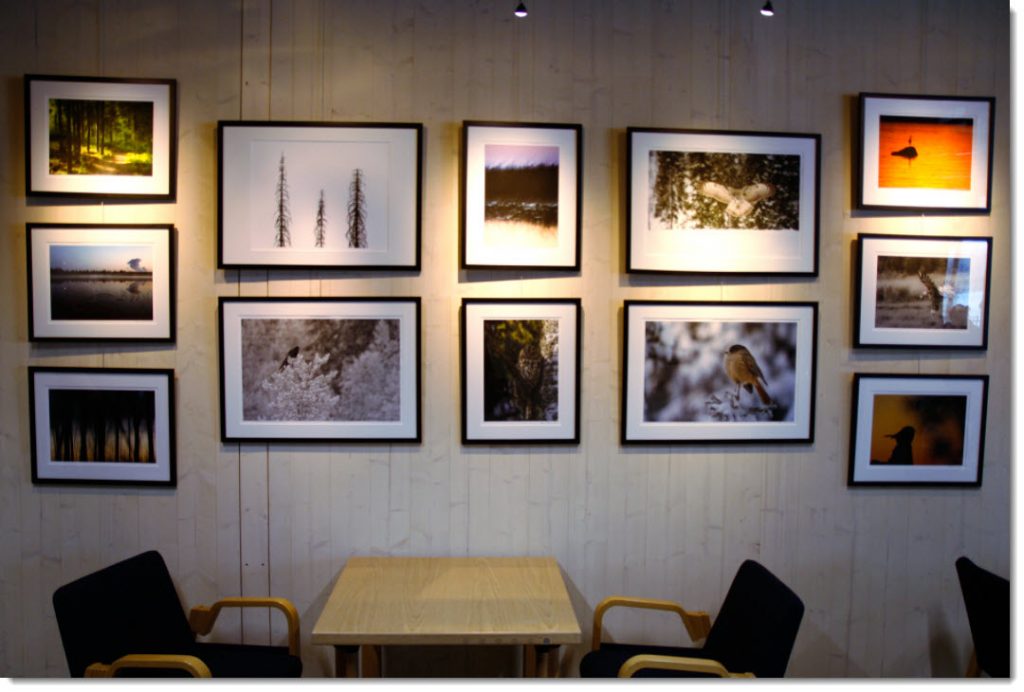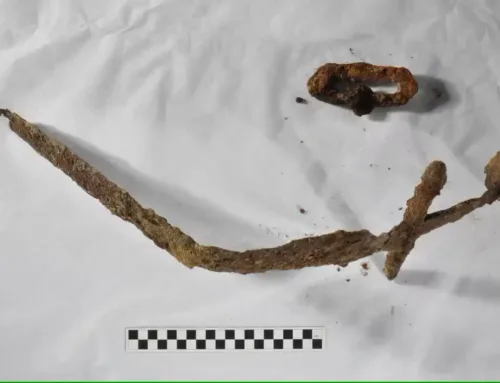Finlandia Hall presents its new venue Pikku-Finlandia in the centre of Helsinki.

The iconic main Finlandia Hall building, designed by Alvar Aalto, is now more than 50 years old, which is why it was closed for renovation in January and will remain closed for about two and a half years. But because of Finlandia Hall’s economic and cultural importance as a venue for congresses and conferences of great value to the city of Helsinki, a temporary replacement had to be found until the renovated hall reopens.
The legendary Finlandia Hall collaborated with architects from Aalto University, who designed the new pavilion with the principles of “circular economy, sustainability and reusability” in mind, as Pekka Heikkinen, professor at Aalto University, explained in a presentation at the grand opening last week.
Pikku-Finlandia (Little Finlandia) features an events hall that can be used for conferences, congresses, festivals, concerts, galas, etc., as well as a café open to all and even serving Saturday brunches. Both the hall and the café are already open. “You can have seated dining for 800 people here, or a cocktail party for up to 1,000,” says Johanna Tolonen, general manager of Finlandia Hall.
The look of the building directly reflects the underlying environmentally conscious principles, both inside and outside. The pavilion overlooks Töölönlahti Park in central Helsinki and runs alongside and below the original Finlandia building, and it is built mainly of wood. While room-high glass windows run along the front wall, the most striking feature is the colonnade that runs along the length of the building, composed of tree-like columns, which are in fact tree trunks with protruding branches.

In the event hall and café, those trees reappear as buttresses and serve as the central visual motif of Pikku-Finlandia. They create a kind of Finlandia forest, which was exactly the name of the winning concept designed by the team of architects from Aalto University.
“We wanted to bring a forest to Töölönlahti,” said director Johanna Tolonen, with whom we caught up after the presentations had ended and we had all eaten a delicious three-course meal inspired by traditional Finnish cuisine and using locally produced traditional Finnish ingredients.
She explained that Pikku-Finlandia’s structure is modular and intended to be dismantled after three years, once the main building reopens. But the structure can be reused in another location and will be “a school or nursery”, Tolonen said.

According to Tolonen, the new venue is partly inspired by Amsterdam’s RAI convention centre and London’s Southbank Centre, mainly to bring conference delegates closer to local life and people in the city. Similarly, the new venue also hopes to add value to Helsinki’s residents. This is the idea behind the open café and open gallery, where there is currently a photo exhibition showcasing Finnish nature.
There was excitement in the air about the new venue and about being able to host big events at Finlandia Hall again. “I think after the pandemic people are really looking forward to meeting other people and attending live events,” said the director of the convention centre, and the guests present seemed to confirm this feeling.

Text: Jan Artiček – Photos: Tony Öhberg / FINLAND TODAY





